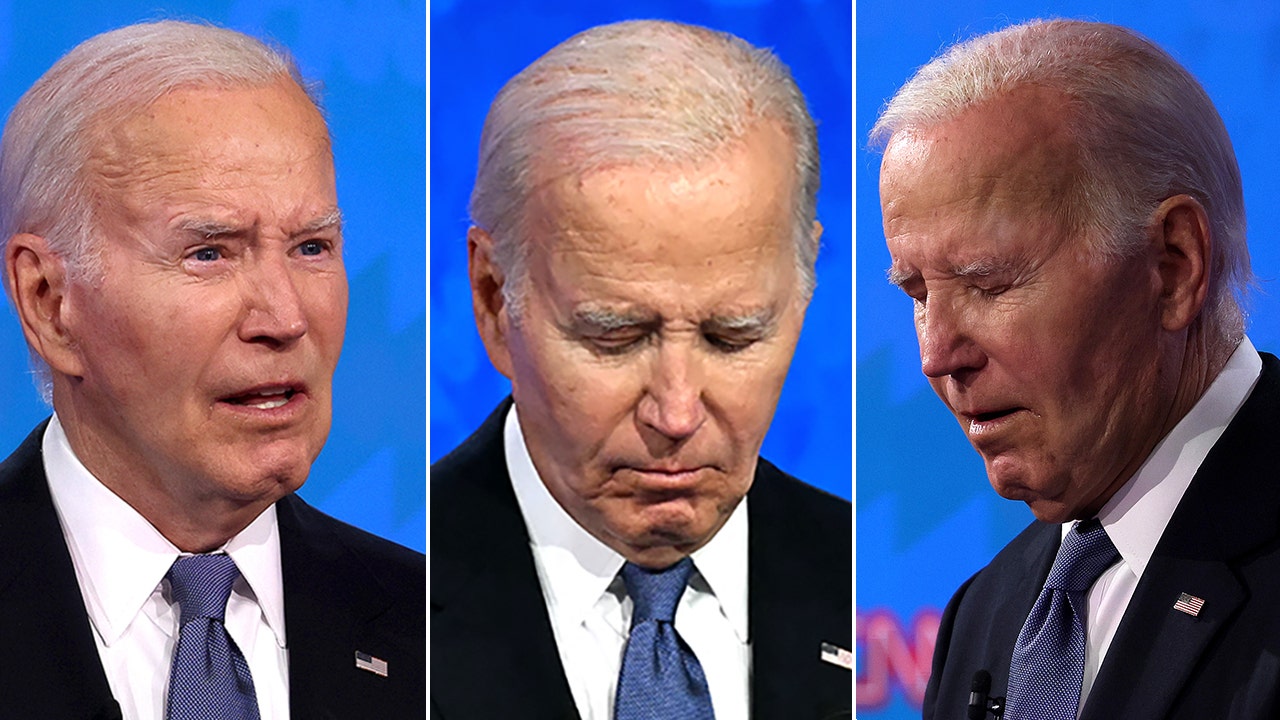Newswise — With more than three-quarters of children and teens experiencing depression or anxiety, parents are desperate for effective solutions. Now, new research from the University of South Australia shows that something as simple as regular exercise could be a powerful intervention to support young people’s mental health.
In the largest meta-meta-analysis of 375 clinical trials involving more than 38,000 young people, UniSA researchers found that when children took part in structured exercise programs, their symptoms of depression and anxiety improved. Specifically, the study found that:
- Anxiety improved most through low-intensity, resistance exercises, such as light weights or gentle circuit activities.
- Depression improved most through moderate-intensity, mixed-mode and resistance training, including circuits that combine aerobic and strength programs, particularly in programs lasting less than three months.
The biggest improvements in depression symptoms occurred in programs lasting fewer than 12 weeks, suggesting that benefits can emerge relatively quickly – especially for children aged 12 and over.
No significant differences were seen among the frequency of exercise sessions per week.
Children with depression and ADHD also showed the greatest improvements from exercise.
Lead researcher, UniSA’s Dr Ben Singh says the findings present parents with a non-invasive, low-cost solution to combat poor mental health in kids.
“Depression and anxiety are among the most prevalent mental health issues affecting children and teenagers worldwide,” Dr Ben Singh says.
“Evidence-based treatment guidelines often recommend cognitive behaviour therapy and antidepressants as first-line interventions, yet 40-60% of children don’t receive treatment or fail to gain sufficient benefits, so we clearly need alternatives.
“Exercise is a low-cost, widely accessible strategy that could make a real difference to children’s mental health. And while people know that exercise is generally good for your health and wellbeing, there is little evidence that shows how exercise works for kids nor the types of exercise that might work better than others.
“Our study draws together global evidence to show that gentle, light-intensity exercise is highly effective in reducing anxiety in children and teens, while medium-intensity programs that combine resistance and aerobic training – like circuits with weights – can counteract depression.
“Importantly, it demonstrates how exercise is an effective, accessible, lifestyle intervention that can immediately improve mental health issues in children, without first defaulting to medicines.”
Senior researcher, UniSA’s Prof Carol Maher says the findings reiterate the importance of exercise for mental health.
“Exercise should be a core part of mental health care for children and teens, whether at school, in the community, or clinical settings,” Prof Maher says.
“Short, structured programs that include strength training or a mix of activities seem especially promising, but simply exercising, even for short amounts of time will deliver benefits.
“And for parents, rest assured – you certainly don’t need to fork out money for a gym membership or training program; play-based activities, games, and sport are all valuable forms of movement that can support mental wellbeing.
“The key message is simple: get active and keep active. Even short bursts of movement can make a real difference to a child’s mental health and wellbeing – especially for those who are struggling”.
…………………………………………………………………………………………………………………………
Contact for interview: Dr Ben Singh E: [email protected]
Media contact: Annabel Mansfield M: +61 479 182 489 E: [email protected]

























